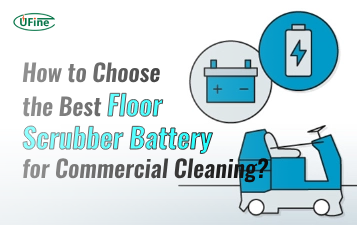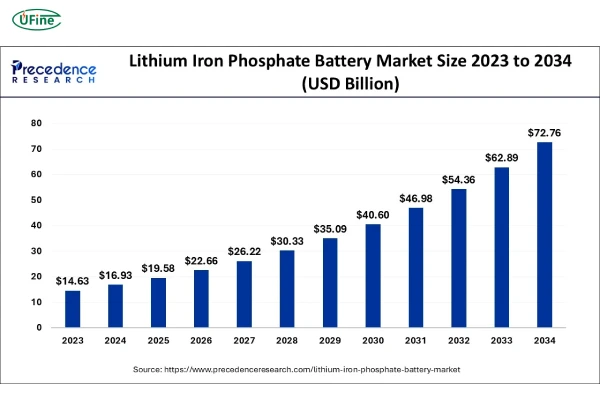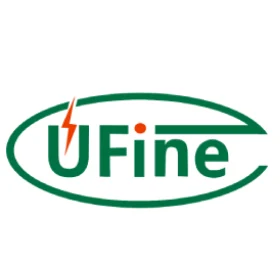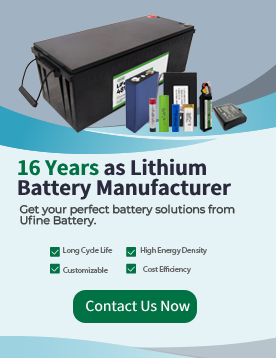Over the past decade, lithium iron phosphate (LFP) batteries have quietly taken over the global energy storage and electric vehicle (EV) markets. Unlike the flashier nickel-cobalt batteries that dominated early EVs, LFP batteries offer something even better: affordability, safety, and longevity. And when it comes to producing these game-changing batteries, one country stands head and shoulders above the rest—China.
Today, China controls over 80% of global LFP battery production, supplying everyone from Tesla to Ford to Volkswagen. But how did China achieve this dominance? The answer involves government strategy, manufacturing mastery, relentless innovation, and a massive home market—all working together to create an unstoppable battery powerhouse.
What Is Lifepo4 Battery? Why It Is a Good Choice
In this deep dive, we’ll explore exactly how China built its LFP empire, why competitors are struggling to keep up, and what the future holds for this critical technology.
1. Government Backing: A Decade of Strategic Investment
China’s battery dominance didn’t happen by accident—it was the result of long-term planning and aggressive policy support.
Key Government Moves:
-
2009 “Ten Cities, Thousand Vehicles” Program: Subsidized early EV adoption, creating demand for batteries.
-
2015 “Made in China 2025” Plan: Listed batteries as a national priority, pouring billions into R&D.
-
2020 “Dual Carbon” Goals: Pledged to peak emissions by 2030 and go carbon-neutral by 2060, turbocharging green tech investments.
The Subsidy Effect:
-
Between 2016-2022, China spent $57 billion on EV subsidies.
-
LFP batteries got extra incentives due to their safety and lower cost.
-
Result? By 2023, 60% of China’s EVs used LFP batteries vs. just 30% in the U.S.
Why It Worked: While Western automakers chased high-performance (but expensive and flammable) nickel-cobalt batteries, China bet big on practical, scalable LFP tech—a decision that now looks brilliant.
2. Supply Chain Domination: From Mines to Megafactories
What truly sets China apart is its complete control over the battery supply chain—something no other country has matched.
Raw Materials Mastery:
-
Lithium: China refines 70% of the world’s lithium, despite mining just 13% of it.
-
Phosphate: Controls 85% of global phosphate processing (key for LFP cathodes).
-
Graphite: Produces 65% of anode materials.
Manufacturing Monopoly:
-
Cathode Production: Firms like Hunan Yuneng & Dynanonic supply 70% of global LFP cathode materials.
-
Cell Production: CATL and BYD operate mega-factories with 200+ GWh annual capacity (enough for 3 million EVs).
-
Cost Advantage: Chinese LFP cells cost 100+ in the U.S./Europe.
The Big Picture: While the U.S. and EU struggle to build battery supply chains, China’s is already built, optimized, and scaling faster every year.
3. Breakthrough Innovations: How China Out-Invented the Competition
China didn’t just copy LFP tech—it reinvented it, filing over 60% of global LFP patents since 2015.
Game-Changing Advances:
| Innovation | Company | Impact |
|---|---|---|
| CTP (Cell-to-Pack) | CATL | Boosts energy density 50% by eliminating modules |
| Blade Battery | BYD | Makes batteries 30% thinner, safer, and cheaper |
| M3P Chemistry | CATL | Adds manganese to increase range 15% |
Energy Density Leap:
-
2015 LFP: ~120 Wh/kg (too weak for most cars)
-
2024 LFP: 200+ Wh/kg (now used in Tesla Model 3, Ford Mustang Mach-E)
Why It Matters: These innovations closed the performance gap with nickel batteries—without the cost or fire risks.
4. The Cost War: How China Crushed Competitors on Price
LFP batteries are inherently cheaper (no cobalt/nickel), but China’s scale and efficiency made them dirt-cheap.
Cost Breakdown (2024):
| Component | China Cost | U.S./EU Cost |
|---|---|---|
| Cathode (LFP) | $12/kg | $18+ |
| Cell Production | $70/kWh | $100+ |
| Pack Assembly | $85/kWh | $120+ |
How China Does It:
-
Vertical Integration: Companies like CATL control everything from mines to finished batteries.
-
Gigafactories: A single CATL plant produces 80 GWh/year (equal to ALL U.S. battery output).
-
Labor & Energy Costs: China’s manufacturing ecosystem is 40% cheaper than the West.
Real-World Impact: A 25,000BYDEV withLFPbatteriesis 25,000BYDEV withLFPbatteriesis 10,000+ cheaper than comparable Western models.
5. The Home Market Advantage: 9 Million EVs and Counting
China’s massive domestic demand gives its battery makers an unbeatable edge.
By the Numbers:
- EV Sales (2023): 9.5 million (vs. 1.4M in U.S., 2.6M in Europe)
- Battery Demand: 400+ GWh/year (growing 30% annually)
- Energy Storage Boom: 180 GWh deployed in 2023 (90% LFP)
Tesla’s Pivot:
- In 2021, Tesla started using CATL’s LFP batteries in half its global cars.
- Why? 20% cost savings and zero fire recalls.
The Lesson: When your home market is 10x bigger, you can scale faster and innovate cheaper.
6. Safety & Sustainability: The Hidden Reasons LFP Is Winning
While nickel batteries grab headlines for fires and recalls, LFP batteries offer rock-solid safety—and greener credentials.
Safety Edge:
-
Thermal Runaway Risk: Near zero (vs. 1 in 10 million for nickel batteries)
-
Real-World Test: BYD’s Blade Battery doesn’t catch fire even when nailed or crushed.
Eco-Advantages:
-
No Cobalt/Nickel: Avoids child labor and toxic mining issues.
-
Recycling: Simpler and 50% cheaper than nickel batteries.
-
EU Compliance: Meets strict 2027 battery recycling laws effortlessly.
Why Automakers Care: After Chevy Bolt fires and Ford recalls, brands like VW are switching to LFP for risk-free EVs.
7. The Future: Sodium, Global Factories, and Beyond
China isn’t resting—it’s already pushing the next battery revolution.
What’s Coming:
-
Sodium-Ion Batteries:
-
30% cheaper than LFP
-
CATL plans mass production by 2025
-
-
Global Expansion:
-
CATL building $7B factory in Hungary
-
BYD plants in Brazil, Thailand, Europe
-
-
Performance Gains:
-
250 Wh/kg LFP by 2026 (matching today’s nickel batteries)
-
The Bottom Line: China’s lead isn’t shrinking—it’s accelerating.
Conclusion: Can Anyone Catch China?
China’s LFP dominance stems from a 20-year strategy combining:
✅ Government vision
✅ Supply chain control
✅ Relentless innovation
✅ Unmatched scale
For the U.S. and Europe to compete, they’ll need decades of investment in mines, refineries, and gigafactories. Until then? The battery of the future is made in China—and the world is buying it.Final Thought: The LFP story proves that in clean tech, scale and execution beat flashy breakthroughs. And right now, no one executes like China.
Related Tags:
More Articles

How to Choose the Best Floor Scrubber Battery for Commercial Cleaning?
Selecting the ideal floor scrubber battery ensures a long runtime, rapid charging, and minimal maintenance for efficient commercial cleaning operations.
Battery for Blower vs Battery for Leaf Vacuum: Which One Should You Choose?
Battery for blower vs leaf vacuum—learn the key differences in power, fit, and runtime to choose the right battery for your outdoor tool needs.
How to Choose the Right Battery for Blower?
Choosing the right blower battery? Consider voltage, capacity, chemistry & usage. This guide helps match the best battery for peak performance.
How to Choose the Best Insulated Battery Box for Lithium Batteries?
Choosing the Best Insulated Battery Box for Lithium Batteries? Discover key factors such as size, material, and safety for optimal protection and performance.
7 Critical Elements on a Lithium Battery Shipping Label
What must be on a lithium battery shipping label? Learn 7 key elements to ensure safety, legal compliance, and correct handling across all transport modes.





